Burns are a common type of injury that can occur at home, in the workplace, or during recreational activities. Knowing how to administer proper first aid for burns is essential for providing immediate care and preventing further damage. In this comprehensive guide, we’ll cover everything you need to know about assessing, treating, and seeking medical attention for burns.
Understanding Burns
Burns are classified based on their severity, which is determined by the depth and extent of tissue damage. There are three main types of burns:
- First-Degree Burns: These are superficial burns that only affect the outer layer of the skin (epidermis). They are characterized by redness, pain, and minor swelling.
- Second-Degree Burns: These burns extend beyond the outer layer of the skin and may involve the deeper layers (dermis). They cause blistering, severe pain, and swelling.
- Third-Degree Burns: These are the most severe type of burns, involving all layers of the skin and potentially underlying tissues. They may appear white, charred, or leathery and can cause numbness due to nerve damage.
Assessing the Severity of Burns
When providing first aid for burns, it’s crucial to assess the severity of the injury to determine the appropriate course of action. Here’s how to assess burns:
- Check for signs of first-degree burns, such as redness, pain, and minor swelling.
- Look for blistering, severe pain, and swelling, which are indicative of second-degree burns.
- Third-degree burns are characterized by white, charred, or leathery skin and may cause numbness.
First Aid for Burns
For minor burns (first-degree and small second-degree burns), follow these steps to provide immediate first aid:
- Remove the Source of Burn: If it’s safe to do so, remove the person from the source of the burn, such as fire or hot liquid.
- Cool the Burn: Run cool (not cold) water over the burned area for at least 10-20 minutes to reduce pain and swelling. Avoid using ice or very cold water, as it may further damage the skin.
- Remove Clothing and Jewelry: If clothing or jewelry is stuck to the burn, cut around it instead of pulling it off. Remove any tight clothing or jewelry to prevent constriction due to swelling.
- Cover the Burn: Once the burn has been cooled, loosely cover it with a sterile, non-adhesive bandage or clean cloth to protect it from friction and contamination.
- Pain Management: Over-the-counter pain relievers like acetaminophen or ibuprofen can help manage pain for minor burns. Follow the recommended dosage instructions.
Seeking Medical Attention
While minor burns can often be treated with first aid at home, it’s important to seek medical attention for the following situations:
- Large second-degree burns or third-degree burns
- Burns affecting sensitive areas like the face, hands, feet, groin, or major joints
- Signs of infection (increased pain, redness, swelling, or pus)
- Difficulty breathing, fainting, or signs of shock
Preventing Burns
Prevention is key to reducing the risk of burns. Here are some tips to prevent burns:
- Use caution when handling hot liquids or objects.
- Keep children away from stoves, ovens, and other hot surfaces.
- Use oven mitts or potholders when cooking or baking.
- Avoid smoking indoors, especially in bed.
- Keep flammable materials away from heat sources.
Conclusion
Knowing how to administer proper first aid for burns is essential for providing immediate care and preventing further damage. By following the steps outlined in this comprehensive guide, you can effectively assess burns, provide immediate treatment, and know when to seek medical attention. Remember, prevention is key to reducing the risk of burns, so always take precautions to stay safe.
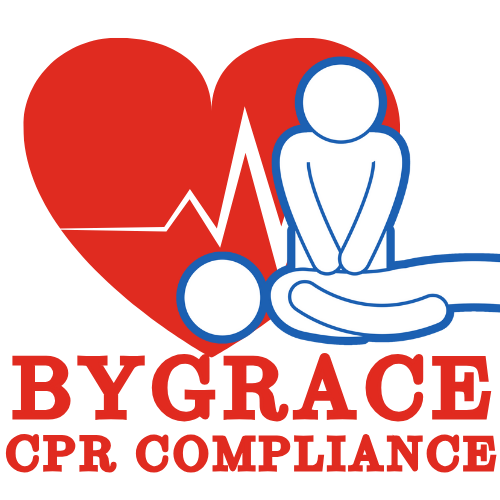
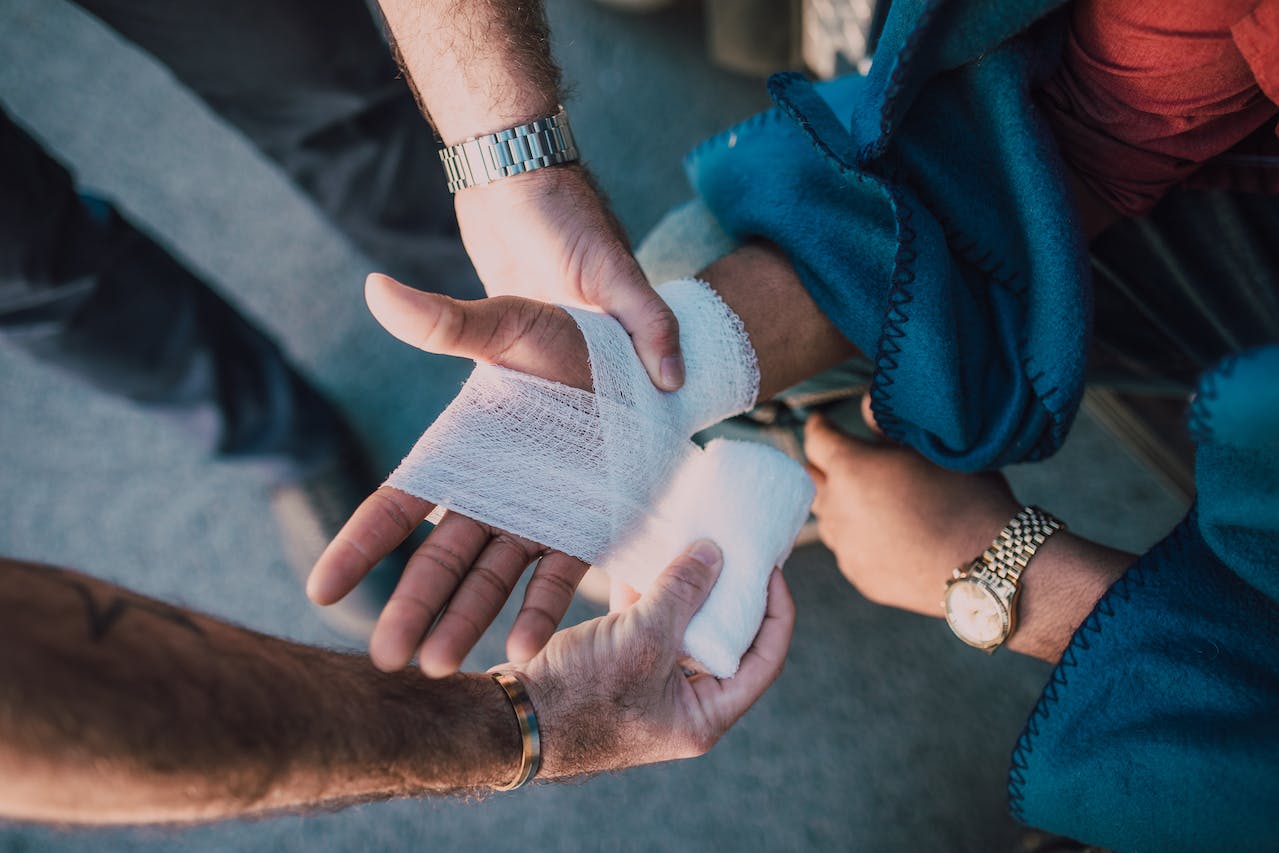
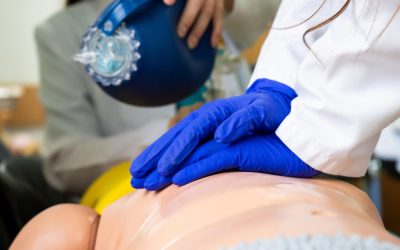
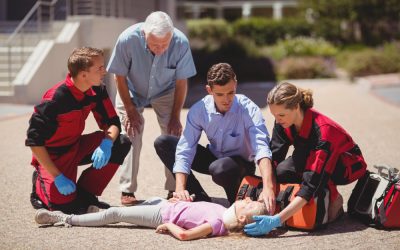
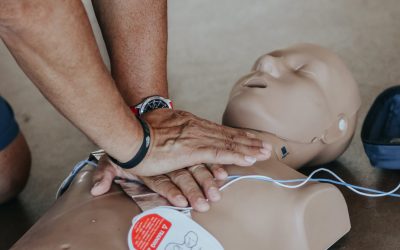
0 Comments